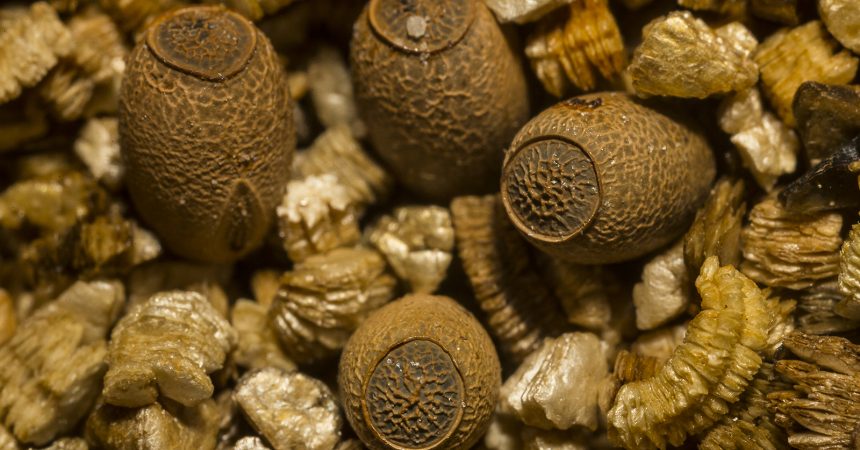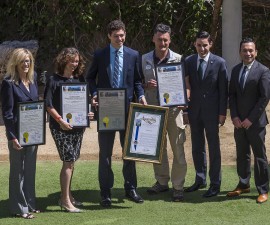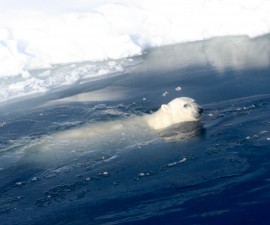We’re Expecting: San Diego Zoo Entomologists Care for First Lord Howe Island Stick Insect Eggs Laid in North America
The San Diego Zoo entomology department has achieved a crucial milestone for the Lord Howe Island stick insect breeding program: The female insects have begun to lay eggs. This marks the first time that this critically endangered species has laid eggs at a North American facility. At the San Diego Zoo, the entomology staff reported that more than 500 eggs have been laid since September.
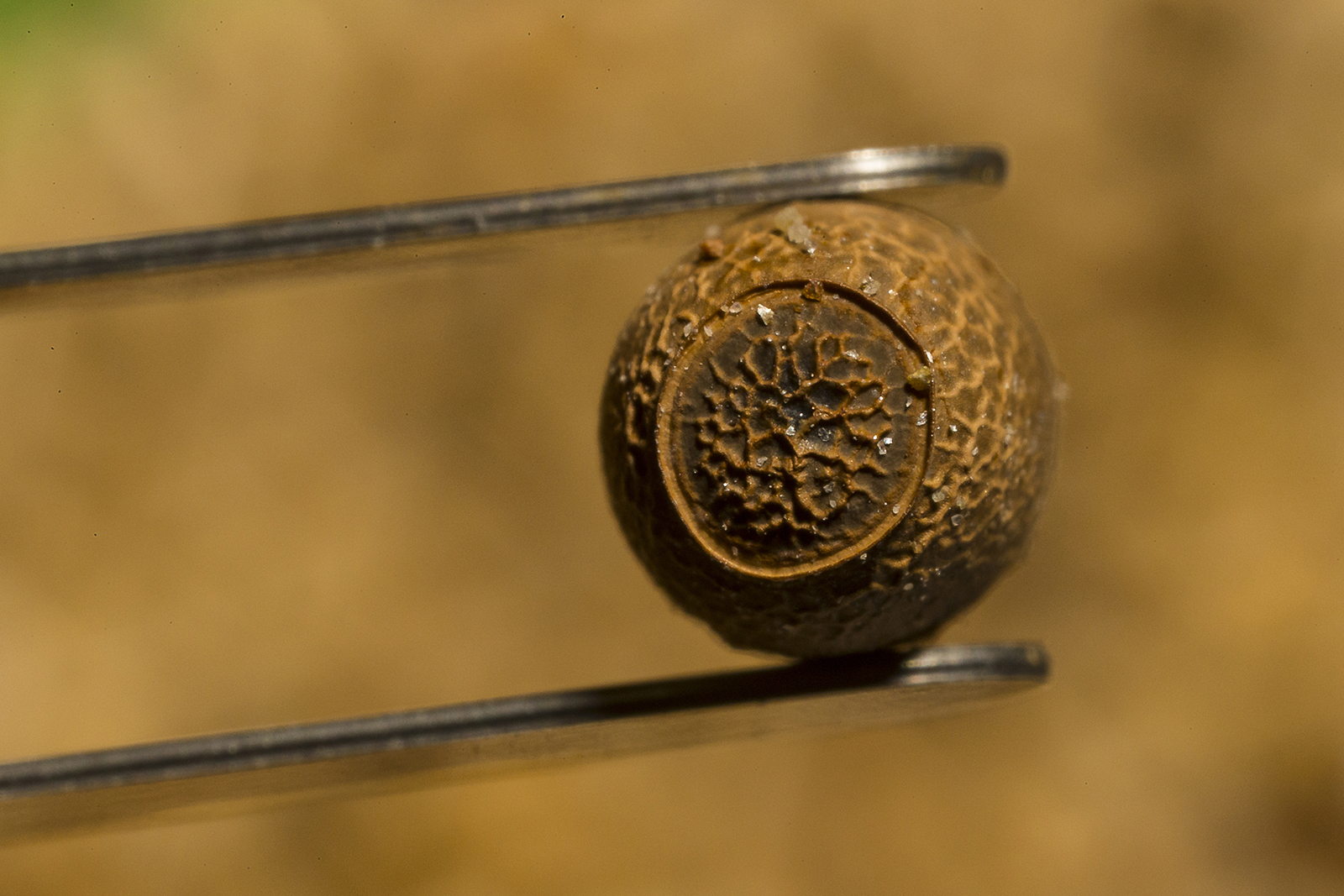
The Lord Howe Island stick insect breeding program at the San Diego Zoo is part of an ongoing conservation effort to bring this rare species of stick insect—thought for decades to be extinct—back from the brink of extinction. The Zoo is working with Australia’s Melbourne Zoo, which has been successfully breeding this species since 2003, when four individuals were brought into managed care after being rediscovered in the wild on Ball’s Pyramid in 2001.
The San Diego Zoo has 40 adult females and 29 adult males in its breeding program. These animals hatched from eggs laid in Australia that were brought to San Diego in January 2016. The insects are extremely difficult to rear, as the early life stages are delicate and require very specific environmental parameters.
All of the Lord Howe Island stick insect eggs—each about the size of a popcorn kernel—are kept in vermiculite, a soil additive that provides appropriate moisture for the eggs’ development. Every morning, staff checks for new eggs at the breeding facility. The 69 adults are divided into habitats that house between 13 and 17 individuals. Each habitat includes a hollow log, where these nocturnal animals gather during the day, and a sandy container where the females can deposit their eggs. The eggs and adults are maintained in an off-exhibit area where temperature and humidity levels can be tightly monitored and controlled.
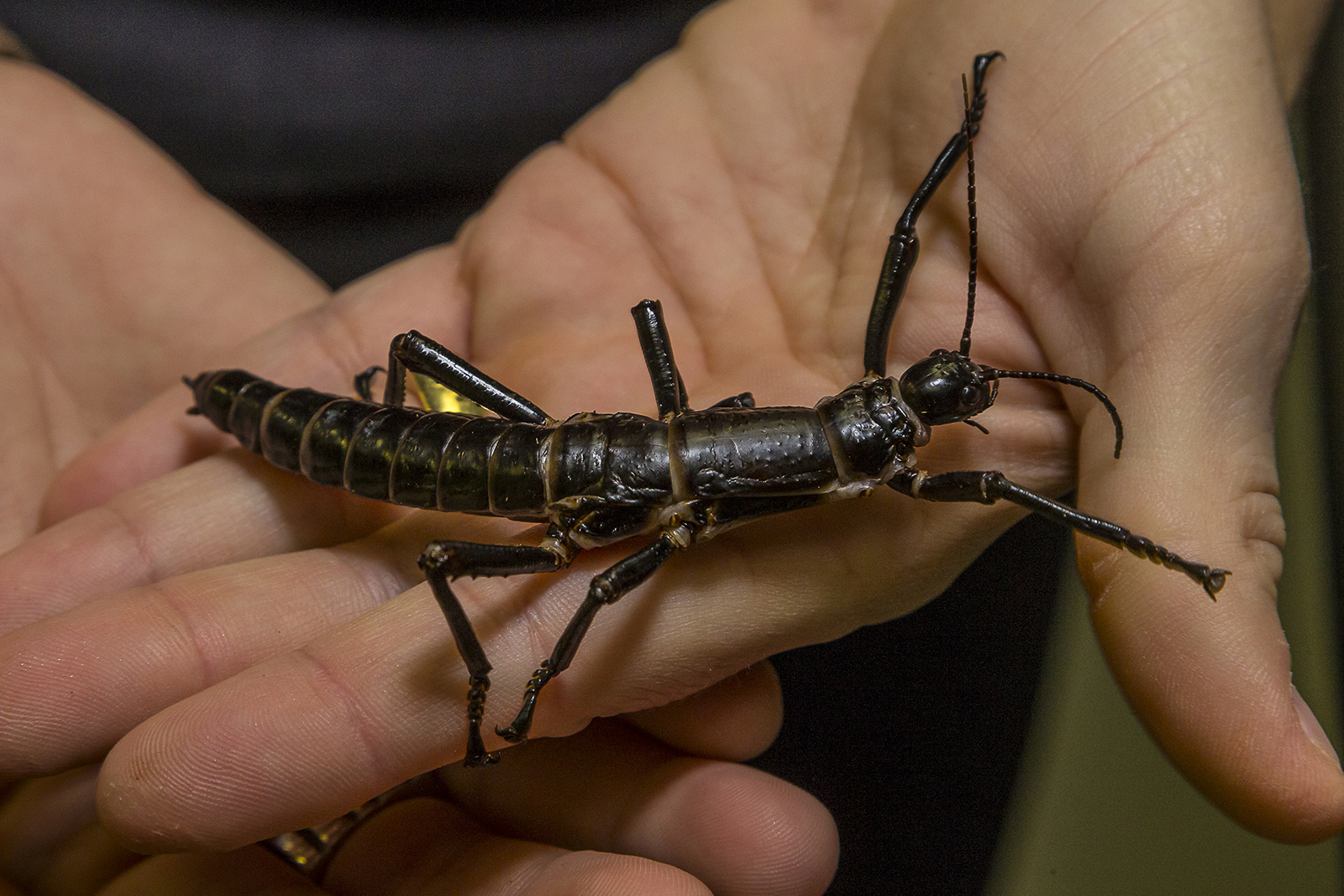
When these insects hatch in spring 2017, the nymphs will be bright green, helping them to blend in with their host plant, Melaleuca howeana—a shrub that is native to Lord Howe Island and Balls Pyramid. It has very small, green leaves and can grow up to 10 feet tall. As each Lord Howe Island stick insect matures and molts—shedding its exoskeleton—it will grow to be around 7 inches long and will gradually change from bright green to a shiny black-brown.
Plant-feeding insects, like the Lord Howe Island stick insect, are critical to their ecosystems because they are a link between the energy that green plants harness from the sun through photosynthesis. Countless amphibians, reptiles, birds and mammals that do not eat plants are dependent on insects as a food source, and this energy is transferred up the food chain as they are consumed.

